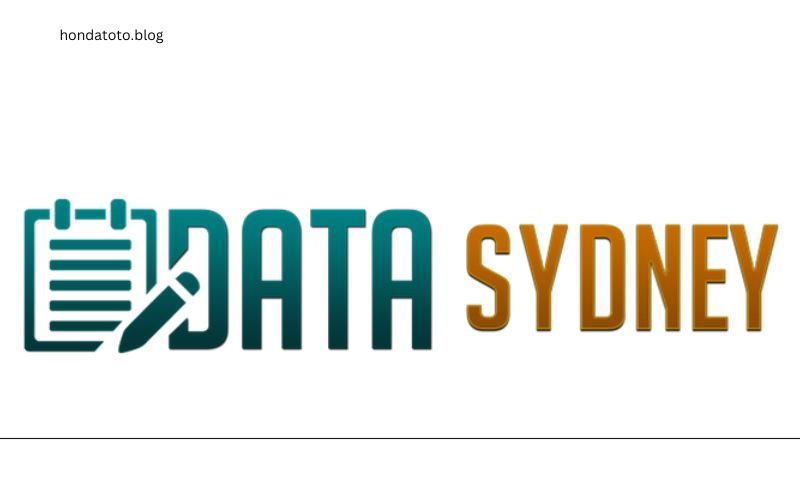Understanding the Importance of Data
In today’s fast-paced, digital world, data has become the lifeblood of modern society. It drives decision-making, fuels innovation, and sheds light on the ever-evolving patterns and behaviors that define our communities. By harnessing the power of data, you can unlock a deeper understanding of your city, your industry, and your own business, empowering you to make informed choices and stay ahead of the curve.
Sources of Data Sydney 2020-2021
The data landscape in Sydney is a rich tapestry, woven from a diverse array of sources. From government agencies and statistical bureaus to private sector organizations and online platforms, the data available to us covers a wide range of topics, including:
- Population demographics
- Economic indicators
- Residential and commercial real estate trends
- Transportation and mobility patterns
- Environmental and sustainability metrics
- Public health and safety data
- Emerging technologies and digital transformation
By leveraging these data sources, we can paint a comprehensive picture of the city’s evolution, identifying both the challenges and opportunities that lie ahead.
DAnalyzingata Trends in Sydney
Delving into the data, we’ve uncovered a number of fascinating trends that have unfolded in Sydney over the past two years. Some of the key insights include:
- Population Shifts: The city has experienced a significant influx of residents, driven by both domestic and international migration, leading to changes in the demographic composition and increased demand for housing and infrastructure.
- Economic Resilience: Despite the global economic upheaval caused by the COVID-19 pandemic, Sydney has demonstrated remarkable resilience, with sectors such as technology, healthcare, and e-commerce showing robust growth.
- Mobility Transformations: The pandemic has accelerated the adoption of alternative transportation modes, such as cycling and micromobility, as well as a shift towards remote work and flexible commuting patterns.
- Sustainability Initiatives: The city has made strides in its sustainability efforts, with increased investment in renewable energy, waste management, and green infrastructure projects.
These trends and many others are shaping the future of Sydney, presenting both challenges and opportunities for businesses, policymakers, and residents alike.
Key Findings and Insights from Data Sydney 2020-2021
Our analysis of the data has yielded a wealth of insights that can inform decision-making and guide the city’s future development. Some of the key findings include:
- Population Growth and Demographic Shifts: Sydney’s population has grown by 2.3% since 2020, with a significant influx of young professionals and families. This has led to increased demand for housing, healthcare, and educational services.
- Economic Resilience and Sectoral Shifts: While the pandemic has impacted certain industries, the city has demonstrated remarkable economic resilience, with the technology, healthcare, and e-commerce sectors experiencing substantial growth.
- Sustainability and Environmental Initiatives: The city has made progress in its sustainability efforts, with a focus on renewable energy, waste management, and green infrastructure. However, there is still room for improvement in areas such as emissions reduction and urban greening.
- Mobility Transformations and Infrastructure Needs: The pandemic has accelerated the adoption of alternative transportation modes, such as cycling and micromobility. This has highlighted the need for improved infrastructure and policies to support these emerging mobility trends.
These insights can help inform the development of strategic plans, investment decisions, and policy initiatives that will shape the future of Sydney.
Implications of Data Sydney 2020-2021
The data we’ve analyzed has far-reaching implications for various stakeholders in Sydney, including:
Businesses:
- Identify new market opportunities and emerging consumer trends
- Optimize operations and resource allocation based on data-driven insights
- Develop innovative products and services to meet the evolving needs of the population
Policymakers:
- Inform urban planning and infrastructure development decisions
- Implement targeted policies and programs to address population shifts and demographic changes
- Promote sustainable development and environmental initiatives based on data-driven priorities
Residents:
- Gain a better understanding of the city’s evolution and the factors shaping their communities
- Advocate for improved public services, transportation, and quality of life based on data-driven insights
- Participate in the city’s decision-making processes by providing data-informed feedback and perspectives
By understanding the implications of the data, all stakeholders can work together to create a more vibrant, sustainable, and equitable future for Sydney.
Future Predictions and Projections based on Data Sydney 2020-2021
Based on our analysis of the data, we can make the following predictions and projections for the future of Sydney:
- Continued Population Growth and Urbanization: The city’s population is expected to grow by an additional 1.5% annually, driven by both domestic and international migration. This will place increasing demands on housing, infrastructure, and public services.
- Sectoral Shifts and Technological Transformation: The technology, healthcare, and e-commerce sectors are poised for continued growth, while traditional industries may face disruption. The city will need to invest in upskilling and reskilling initiatives to ensure a future-ready workforce.
- Sustainability and Environmental Resilience: Sydney will need to accelerate its sustainability efforts to address climate change, reduce emissions, and improve resource efficiency. This will require innovative policies, investments in green infrastructure, and increased citizen engagement.
- Evolving Mobility Patterns and Infrastructure Needs: The shift towards alternative transportation modes and remote work will continue, necessitating the development of multimodal transportation networks, smart city technologies, and flexible work policies.
- Increasing Demand for Data-Driven Decision Making: As the city’s data landscape continues to evolve, there will be a growing need for data-literate leaders, data-driven policymaking, and the leveraging of advanced analytics to inform strategic decisions.
By anticipating these future trends and proactively addressing the associated challenges, Sydney can position itself as a vibrant, resilient, and future-ready city.
Leveraging Data for Business and Decision Making
In the data-driven landscape of Sydney, businesses and decision-makers have a unique opportunity to harness the power of data to drive innovation, improve operations, and gain a competitive edge. Here are some key ways you can leverage data to your advantage:
- Data-Driven Strategic Planning: Utilize data insights to inform your long-term strategy, identify emerging trends, and anticipate market shifts. This can help you make more informed decisions and adapt quickly to changing conditions.
- Operational Optimization: Analyze data on customer behavior, supply chain dynamics, and resource utilization to streamline your operations, reduce costs, and enhance efficiency.
- Product and Service Innovation: Leverage data to understand customer needs, preferences, and pain points, enabling you to develop innovative products and services that better meet market demands.
- Targeted Marketing and Personalization: Use data-driven insights to segment your audience, personalize your marketing efforts, and deliver highly relevant and engaging content to your customers.
- Risk Mitigation and Compliance: Data can help you identify and mitigate potential risks,







